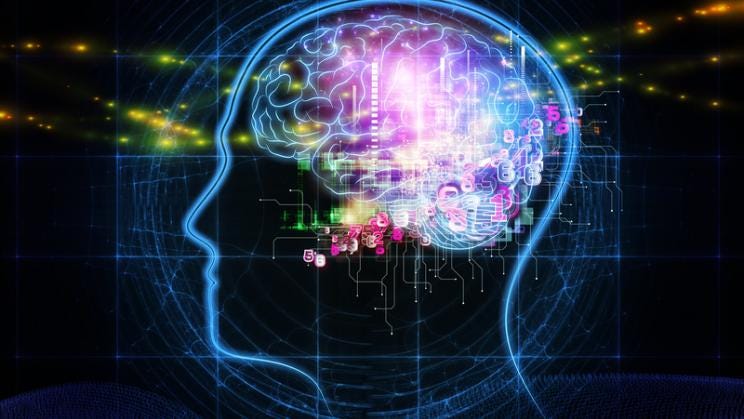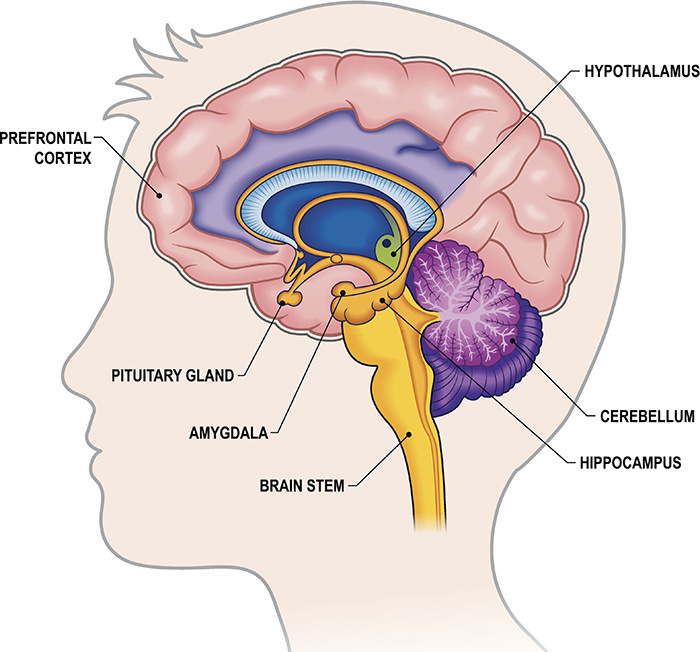SCARF model
Navigating the landscape of relationships with awareness, compassion & insight.
The SCARF model, developed by David Rock, is a framework designed to enhance our understanding of human behaviour - on five key domains: Status, Certainty, Autonomy, Relatedness, and Fairness, aiming to elucidate the neurological triggers that influence our emotional responses and interactions.
The five key domains are : Status, Certainty, Autonomy, Relatedness, and Fairness.
Status refers to one’s relative importance to others. It’s about recognition, respect, and the perceived value within the team. It’s about feeling seen, heard, and remembered.
When humans feel their contributions are valued and their status is acknowledged, it enhances their motivation and commitment. It fosters a sense of self-worth and validation, enhancing motivation and engagement. It reduces the fear of being overshadowed and the anxiety associated with the potential loss of status.
Leadership Approach: Leaders should create an environment where everyone’s opinions are valued and considered, where contributions are recognised, and where individuals are reassured of their value within the team. They should provide positive feedback, and create opportunities for team members to showcase their skills and knowledge. It’s about maintaining a balance and this approach nurtures a positive team dynamic and encourages collaborative efforts.
Certainty is the need for clarity, predictability, and security in one’s future.
Providing certainty reduces ambiguity and anxiety, allowing individuals to focus on their tasks with a clear mind. It fosters a sense of stability and trust within the team, enhancing overall productivity and well-being.
Leadership Approach: Leaders should strive for clear and consistent communication, transparency in decision-making processes, and providing regular updates on changes and future plans. This approach alleviates concerns and provides a stable and predictable environment, reinforcing a sense of security within the team.
Autonomy is about having control and choice over one’s actions and decisions.
Granting autonomy encourages a sense of responsibility and ownership, boosting morale, job satisfaction, and innovative thinking. It allows individuals to work in ways that suit them best, enhancing their efficiency and output.
Leadership Approach: Leaders should delegate tasks effectively, encourage independent problem-solving, and allow flexibility in work methods. This empowerment fosters a proactive attitude and a heightened sense of personal investment in the team’s success.
Relatedness involves creating meaningful connections and a sense of belonging within the team.
Fostering strong, genuine relationships within the team builds a supportive and inclusive culture, enhancing collaboration and mutual support. It leads to a harmonious work environment where diversity is embraced, and individual uniqueness is celebrated.
Leadership Approach: Leaders should facilitate team-building activities, encourage open and empathetic communication, and cultivate an atmosphere of inclusivity and mutual respect. This approach strengthens interpersonal bonds and creates a united, cohesive team.
Fairness is the perception of being treated equitably and the belief in a just treatment and decision-making process.
Upholding fairness within the team enhances trust, cooperation, and a sense of justice. It reduces conflicts and fosters a positive, equitable environment where individuals feel their treatment is unbiased and just.
Leadership Approach: Leaders should implement and adhere to transparent policies, address concerns and disputes impartially, and ensure equal opportunities and resources for all team members. This commitment to fairness and equality reinforces a sense of justice and mutual respect within the team.
Neuroscience and the brain
Each element of SCARF—Status, Certainty, Autonomy, Relatedness, and Fairness—corresponds to distinct neural circuits and brain functions, influencing our thoughts, emotions, and behaviours.
As example, when we perceive our status to be under threat, it activates areas of the brain, such as the amygdala, which are linked to processing emotional responses, in a way that’s comparable to experiencing physical pain. On the other hand, engaging in positive social interactions and experiencing fairness stimulate the release of oxytocin from the hypothalamus, playing a crucial role in building trust and establishing stronger bonds.
Human connection
The SCARF model, while deeply rooted in the mechanics of neuroscience, resonates profoundly with the human side of our existence. It’s a mirror reflecting our intrinsic needs and desires, our quest for acknowledgment, stability, freedom, connection, and justice. It’s about the essence of what it means to be human, about the emotions, perceptions, and interactions that shape our experiences and define our realities.
The SCARF model enables us to navigate the multifaceted landscape of human relationships with greater (self)awareness, compassion, and insight.







